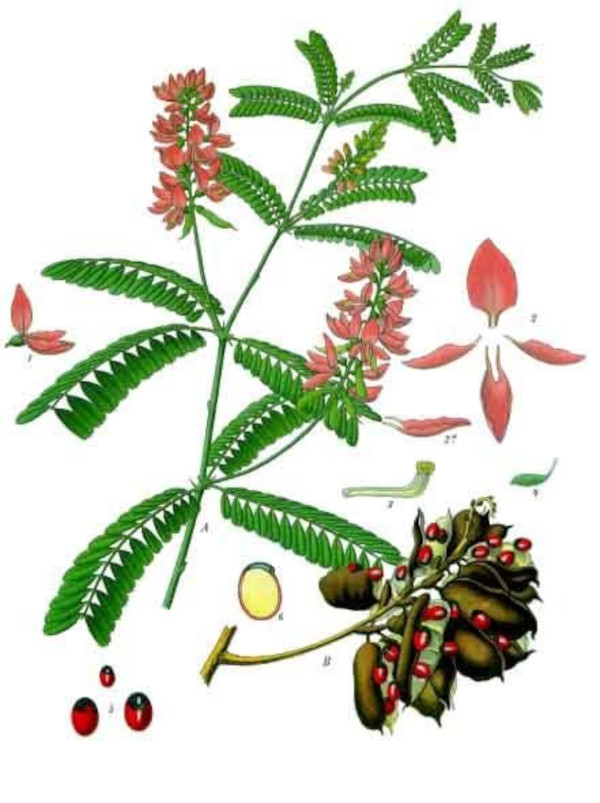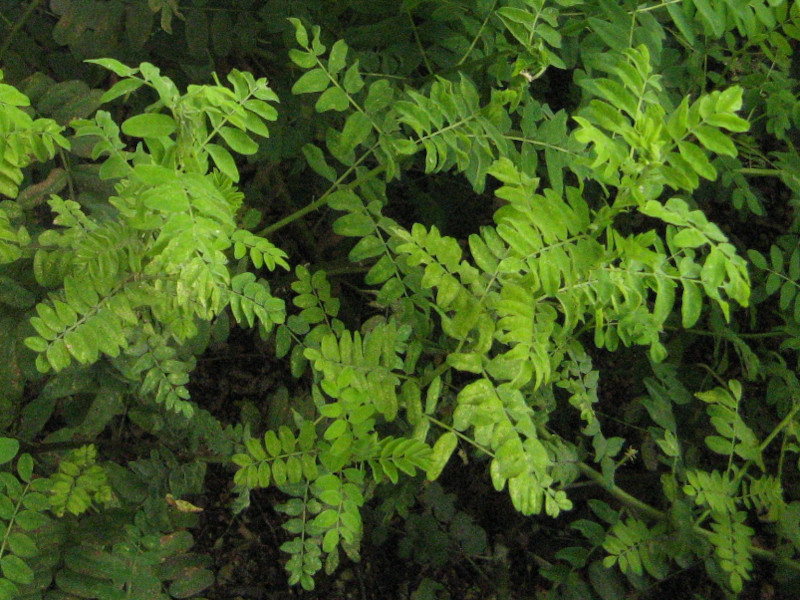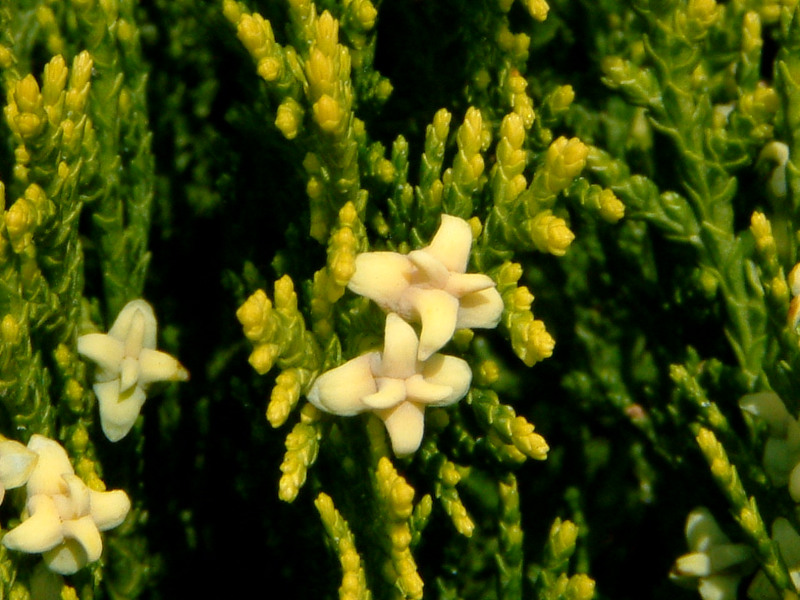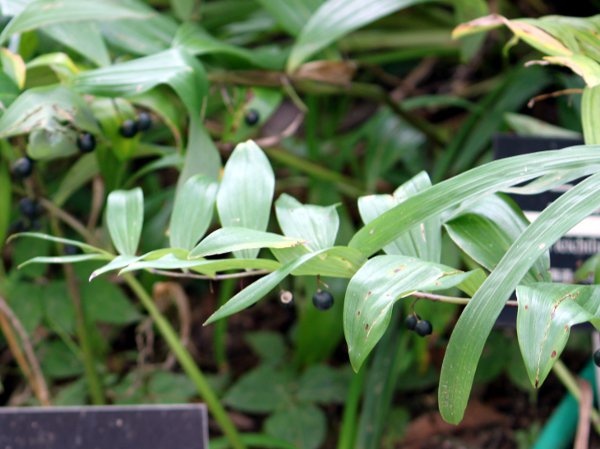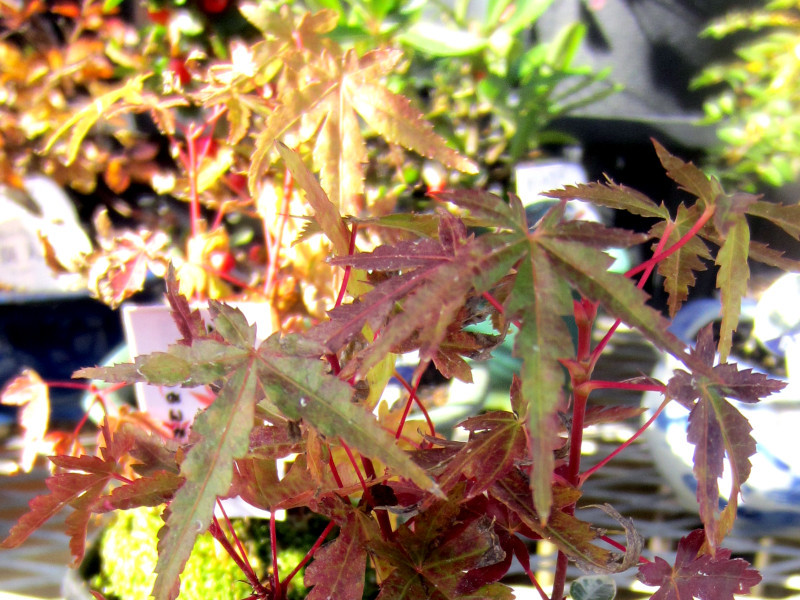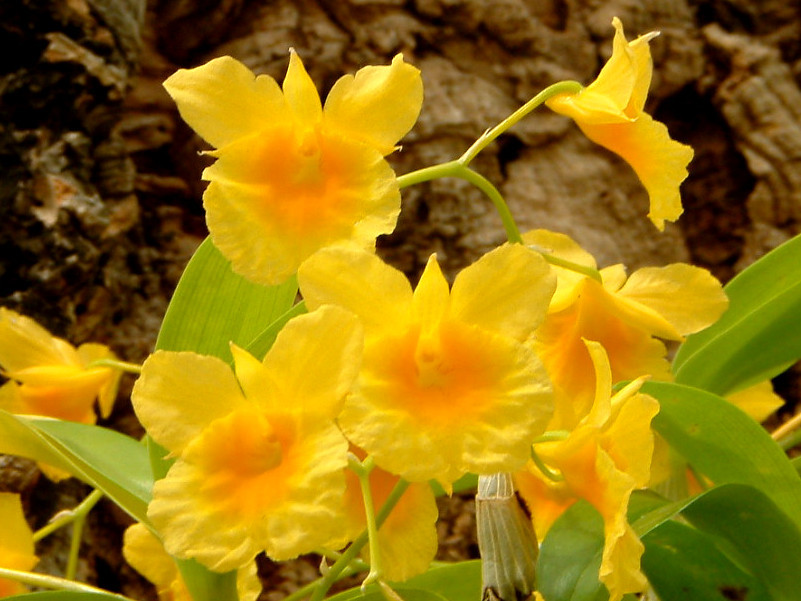Abrus precatorius
- Flower nameAbrus precatorius
- Scientific nameAbrus precatorius
- Alias唐小豆, Rosary pea, Jequirity
- Place of originAsia and Australia
- Place of floweringOverseas
- Flowering seasonMay, June, July
What is Abrus precatorius
Abrus precatorius, commonly known as Rosary pea or Jequirity, is a twining perennial vine or small tree in the Fabaceae family, native to Asia and Australia. In Chinese, it is known as 雞母珠 or 相思子.
It is highly vigorous and easily propagates, and is classified as an invasive weed in many regions. In Japan, it has been confirmed to grow in the Sakishima Islands of Okinawa Prefecture.
The plant grows to a height of 3–5 meters and twines around other trees, buildings, or fences with its vines. The leaves are even-pinnate compound leaves with 8 to 20 pairs of narrow, elliptical leaflets.
From May to July, it produces racemose inflorescences from the leaf axils, bearing papilionaceous flowers that are light pink to pale purple (rarely white) and 1–1.5 cm long.
In September, it bears pod fruits that are brown, long-elliptical, and 3–4 cm long. Inside are 3 to 7 glossy seeds that are broadly ovate to circularly elliptical. The seeds are bright crimson at the top and black on the lower one-third.
The beautiful seeds are used in religious rosaries, bead ornaments, and percussion instruments. However, the seeds contain a deadly toxin called abrin, and ingestion can be fatal.
Etymology of the Name
The genus name Abrus comes from the Greek word “abros” meaning “graceful,” referring to the delicacy of the leaves.
The species name precatorius comes from the Latin “precari” meaning “to pray,” as the seeds are used in prayer.
Language of Flowers
The flower language is "Determination".
General Information
Common name: Abrus precatorius (Rosary pea, Jequirity)
Scientific name: Abrus precatorius
English names: Rosary pea, Jequirity
Chinese names: 雞母珠, 相思子
Classification: Kingdom Plantae > Angiosperms > Eudicots > Order Fabales > Family Fabaceae > Genus Abrus > Species A. precatorius
Origin: Asia and Australia
Habitat: Well-drained, sunny locations
Growth form: Twining perennial vine or small tree
Height: 3–5 meters
Leaf type: Even-pinnate compound leaves
Leaf length: ~10 cm
Leaflets: Narrow elliptical, 8–20 pairs
Blooming period: May to July
Inflorescence type: Racemose, from leaf axils
Flower shape: Papilionaceous
Flower color: Light pink to pale purple (rarely white)
Flower length: 1–1.5 cm
Fruiting period: September
Fruit type: Pod
Fruit shape: Long elliptical pod
Fruit length: 3–4 cm
Seeds per pod: 3–7
Seed shape: Elliptical
Seed appearance: Glossy
Seed size: 0.8 cm long, 0.5 cm wide
Seed weight: 0.2 g
Seed color: Top is bright crimson; lower one-third is black
Uses: Religious beads, jewelry, percussion instruments
Related pages
Abrus precatorius
Special Feature Toxic Plants
